World Forests, Society and Environment
World Forests, Society and Environment
Interview with Dr. Pia Katila, Coordinator of IUFRO’s Special Project on World Forests, Society and Environment (IUFRO-WFSE)

Dr. Katila is an expert in international forest policy, governance, and sustainable development with a special focus on developing countries. She works at Luke, the Natural Resources Institute Finland, based in Helsinki, where the WFSE Project has always been hosted. Visit: https://www.iufro.org/science/wfse/
Read more…Forests and Water
Forests and Water
Science-Policy-Practice Interface for Managing Forest and Water Interactions under a Changing Environment
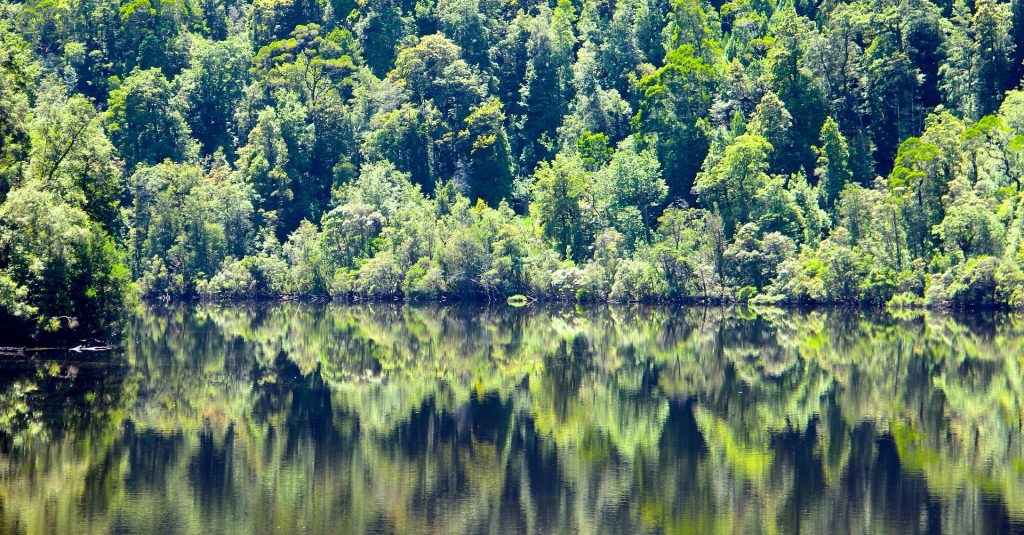
Water is fundamental to life on earth. What may not be quite so obvious is that forests are equally vital resources for life on the planet.
And the two – water and forests – are inseparable in the pursuit of a sustainable and sustainably developed world. Therefore, forests and water resources have been identified as essential elements in adaptation to climate change.
Read more…My experience as an IFSA Trainee at IUFRO
My experience as an IFSA Trainee at IUFRO
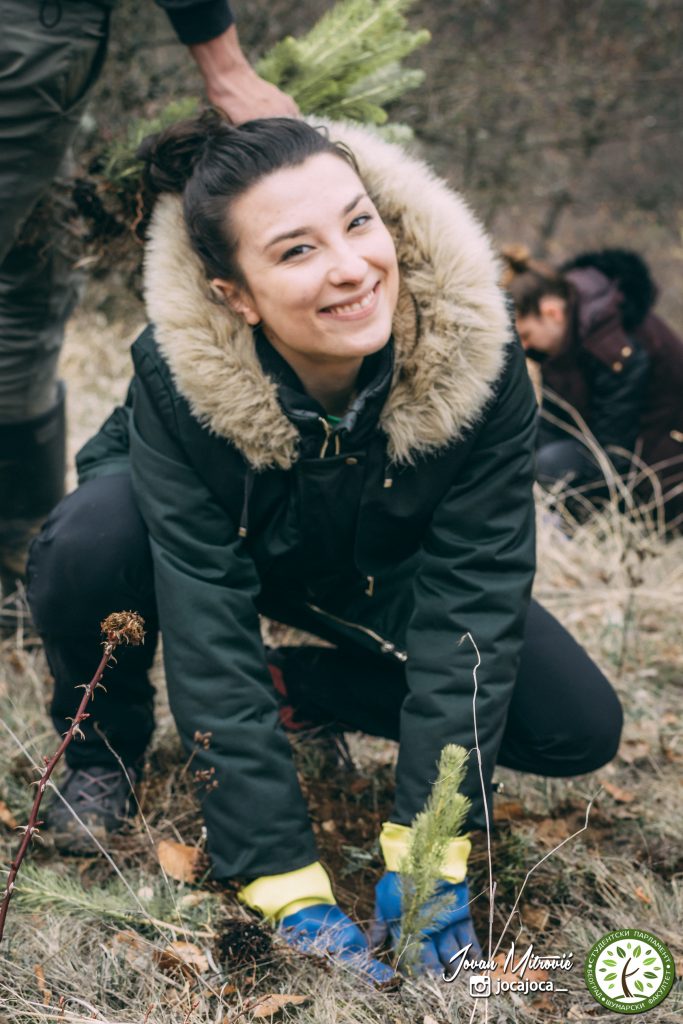
My name is Mirjana Volarev, and I am from Serbia. I am an environmentalist and a forester with a passion for climate policy. I completed my Bachelor’s degree in Serbia at the Faculty of Forestry, University of Belgrade, and my Master’s degree in Environmental Sciences and Policy at the Central European University in Vienna, Austria.
What’s the buzz? Studying insects on ‘the web’
What’s the buzz? Studying insects on ‘the web’
A series of webinars, originally seen as a temporary response to some of the travel constraints imposed by the COVID pandemic, will most likely continue after post-COVID equilibrium is restored.
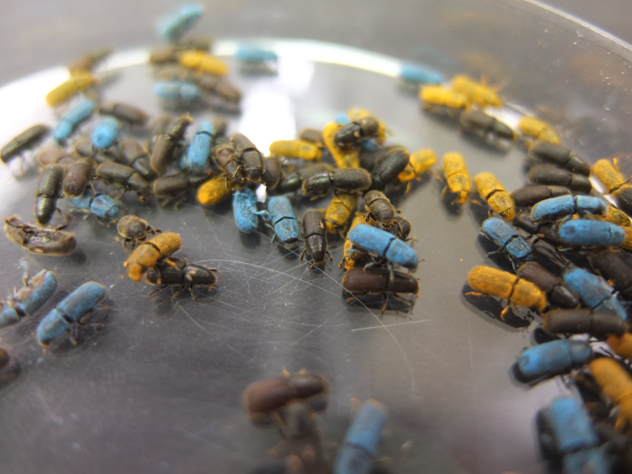
“In light of the current pandemic, many scientific meetings were cancelled – including the many meetings that IUFRO Working Parties (WPs) and other units host each year,” said Dr. Jeremy Allison of the Canadian Forest Service and coordinator of IUFRO’s WP 7.03.16 that deals with Behavioral and Chemical Ecology of Forest Insects.
Read more…IUFRO Spotlight #87 – Getting everyone on board to succeed in forest landscape restoration
IUFRO Spotlight #87 – Getting everyone on board to succeed in forest landscape restoration
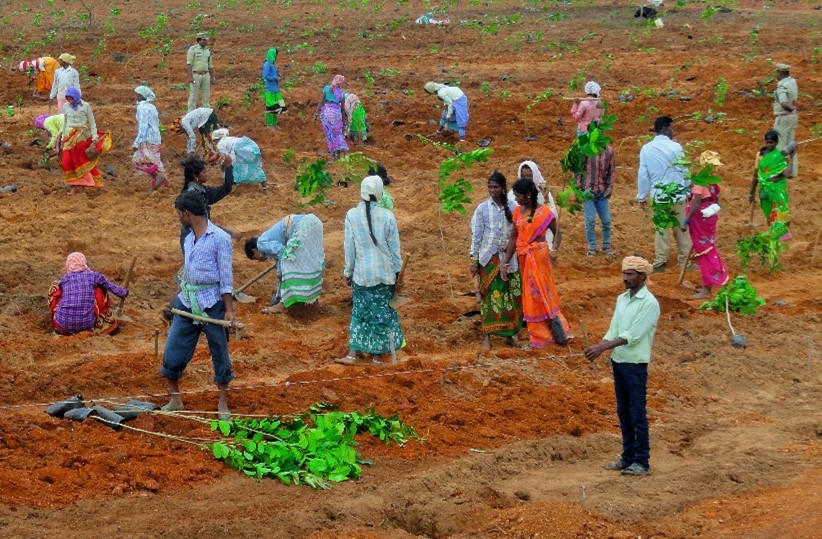
Photo: Forest College & Research Institute, Telangana, India
The world is degraded. Worldwide, according to a 2018 UNESCO publication, land degradation affects 3.2 billion people – about 40% of humanity.
The degradation is human caused, drives species extinction, intensifies climate change, and adds to mass human migration and increased conflict, the report indicated.
So, a critical question becomes: how do we build or, perhaps more accurately, rebuild a sustainable world?
Read more…IUFRO Spotlight #86 – Analyzing the complicated forest-water relationship
IUFRO Spotlight #86 – Analyzing the complicated forest-water relationship
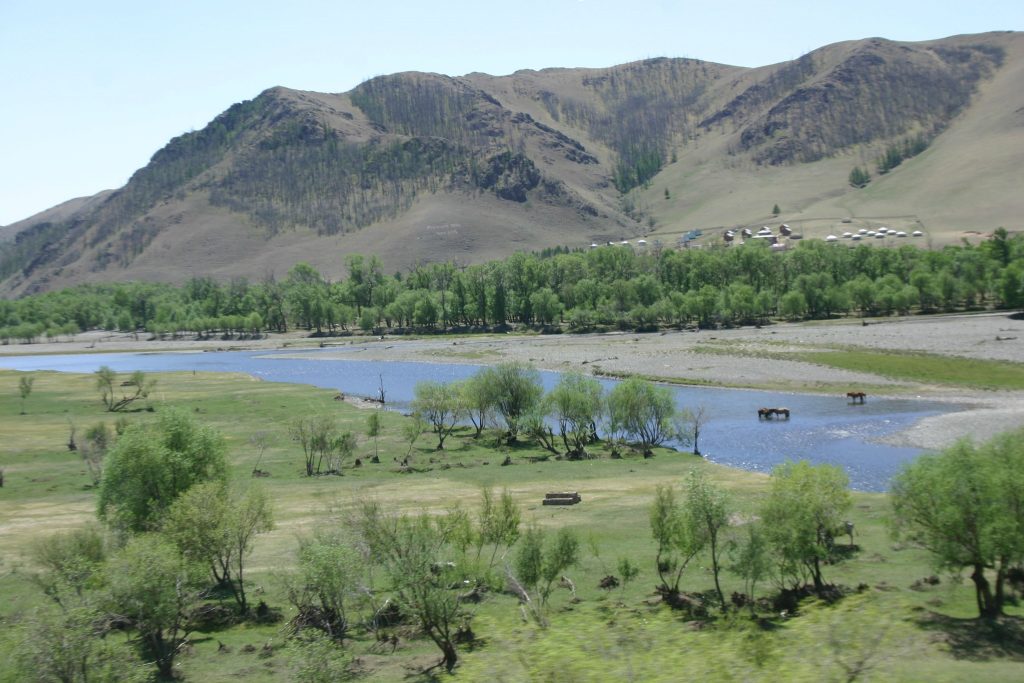
More than 500 years ago Leonardo da Vinci said: “Water is the driving force of all nature.”
There is a corollary that could easily be added to da Vinci’s truism: Water is greatly aided and abetted in that role by forests.
Forests play an integral role in the water cycle by enhancing the world’s supply of clean water. Much of the globe’s freshwater is provided through forested catchments.
Read more…Spotlight #84 – Task Force probes ‘whys’ behind increased tree mortality
Spotlight #84 – Task Force probes ‘whys’ behind increased tree mortality
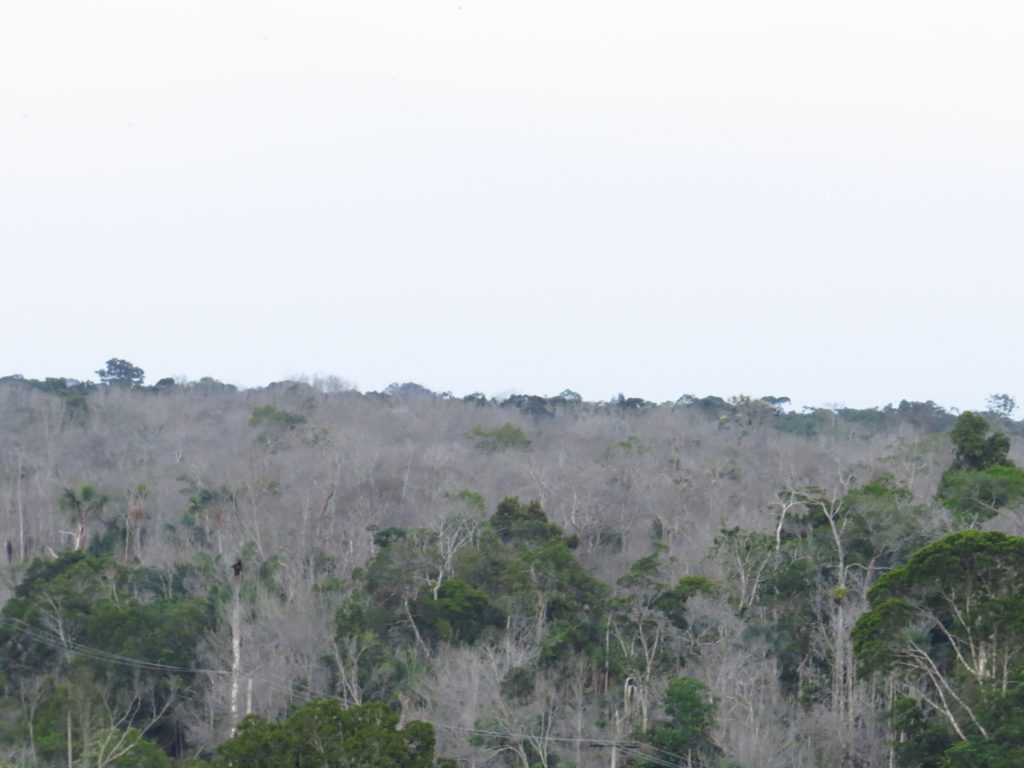
Tree mortality appears to be increasing at unprecedented rates.
One may be tempted to think: So what? Trees regenerate. They’ll grow back.
But, for a lot of reasons, it’s not quite that simple.
Read more…Spotlight #83 – Examining the Economic Drivers of Wildfire: Where There’s Smoke, There’s Finance
Spotlight #83 – Examining the Economic Drivers of Wildfire: Where There’s Smoke, There’s Finance
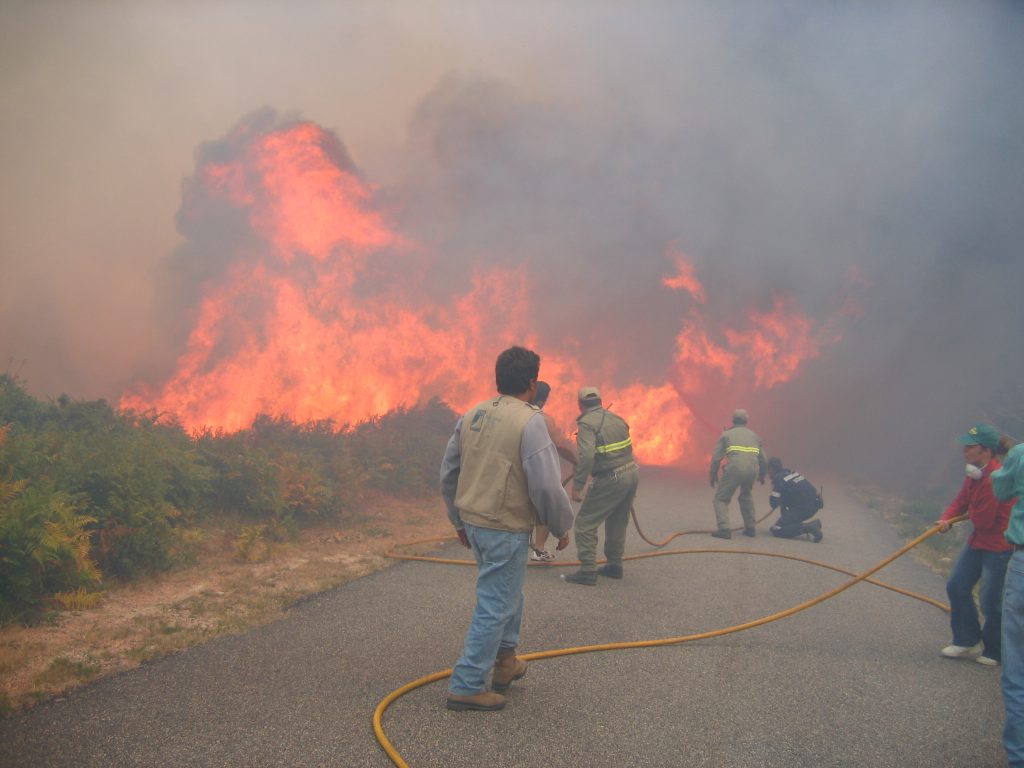
“The world is ablaze. Or so it seems, and the scenario is repeating itself every year now,” says Dr. François-Nicolas Robinne, of the University of Alberta’s Department of Renewable Resources, and Coordinator of IUFRO’s Fire$: Economic Drivers of Global Wildland Fire Activity Task Force (TF).
The world is fighting forest fires in the midst of a pandemic
The world is fighting forest fires in the midst of a pandemic
Interview with Dr. Andrey Krasovskiy originally published in French: https://journalmetro.com/perspective/2477417/monde-lutte-feux-de-foret-pandemie/
On 25 June 2020 by Miguel Velazquez, Métro World News
Dr. Andrey Krasovskiy is a Research Scholar working with the Ecosystems Services and Management Program (ESM) of the International Institute for Applied Systems Analysis (IIASA), Austria: https://iiasa.ac.at/
He is a Member of the IUFRO Task Force “Fire$: Economic Drivers of Global Wildland Fire Activity”: https://www.iufro.org/science/task-forces/global-wildland-fire-activity/
Q: What is the outlook for forest fires this year?
Forest fires are likely to keep the dynamics from previous years. Along with the problematic regions, such as Amazon, where forest fires are driven by deforestation, and Indonesia, where extremely vulnerable peatland areas are located, considerable fire events are to be expected in boreal forests of Russia, the US, and Canada. The forest fires might also show relative increase compared to previous years in Central European countries. There is a danger that post-quarantine human activities will further add to forest fire frequency in the Mediterranean region, as well as globally.
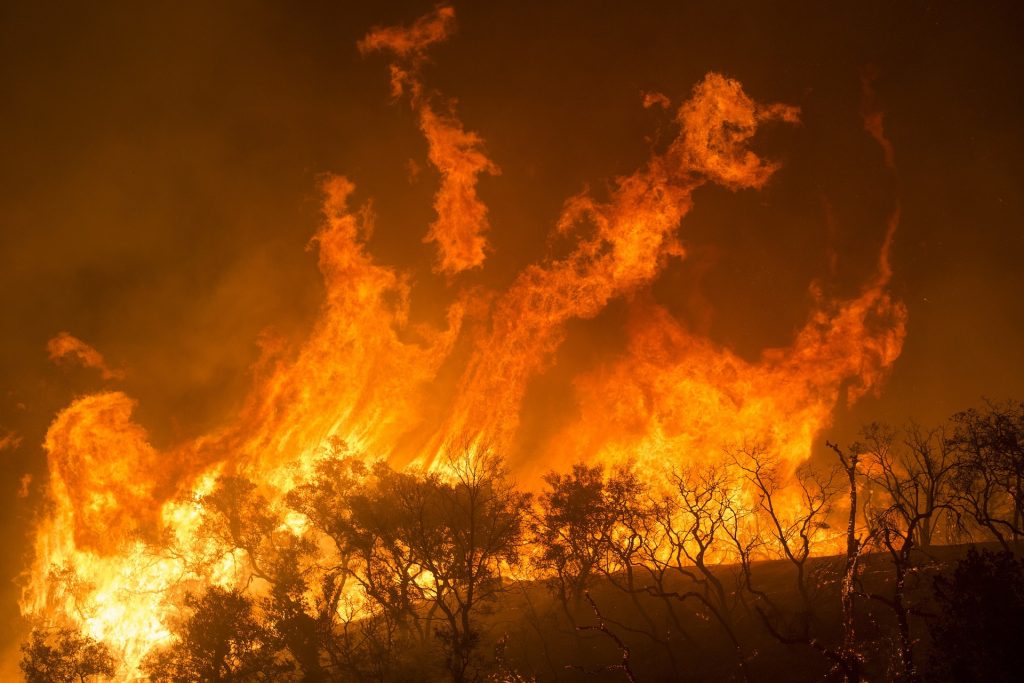
View from the forest: the interlinked crises of COVID-19, environmental degradation and inequity – A Guest Blog
The underlying cause of the COVID-19 pandemic is the spill-over of a virus from a presumed bat wildlife source – and its spread in the vast human population and its vulnerable systems. There are many questions yet unanswered about the virus’s source – which species of bat, was it sold in the Wuhan Wet Market, did a number of bat-human transmissions occur or were transmissions to other animal species involved in the development of a virus capable of human to human transmission. For the moment all efforts are on controlling the disease. It has emerged and spread rapidly around the highly connected planet. In the long run, understanding how to prevent further such pandemics will be a major focus.
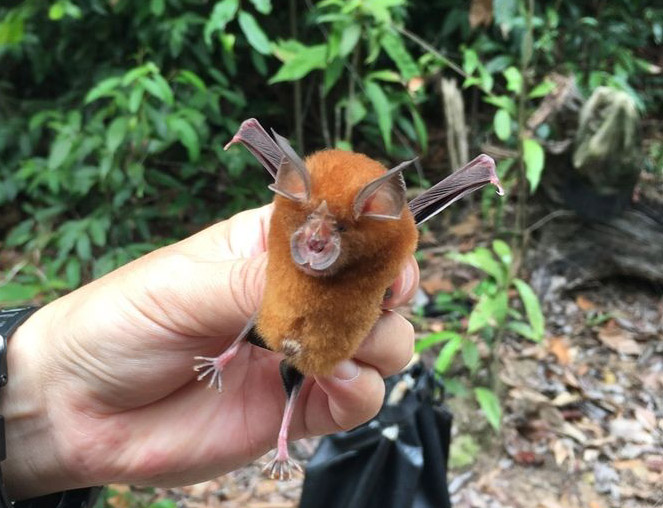
Link to license: https://creativecommons.org/licenses/by-nc/4.0/legalcode
